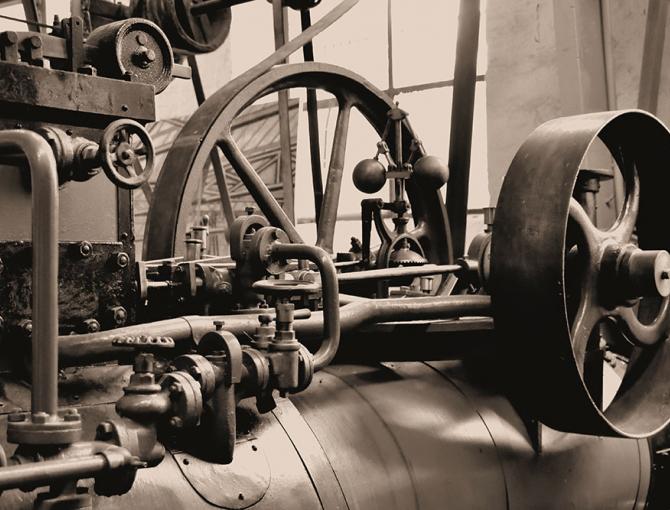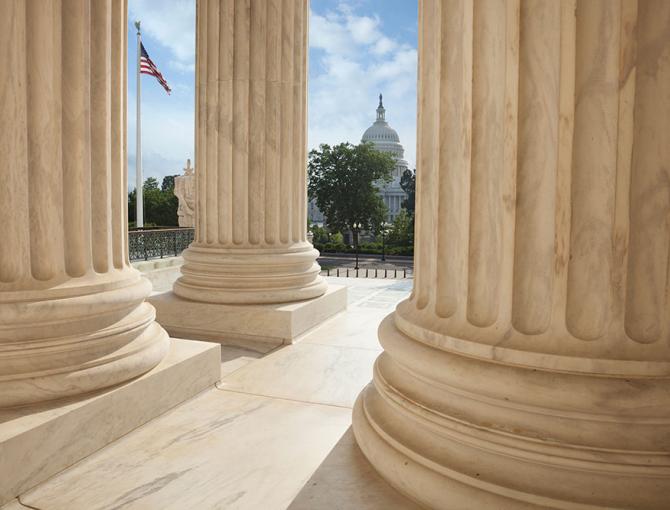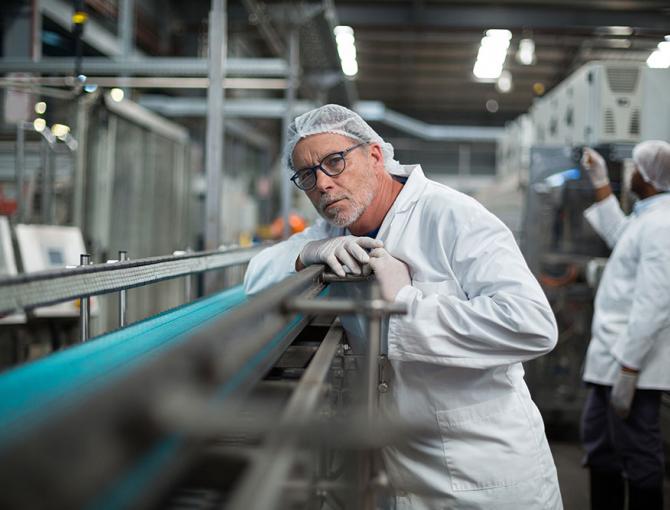Our History & Vision
Learn more about the nonprofit whose members span the most successful global manufacturers.
Our story began 90 years ago.

1933:
We were founded as the Machinery and Allied Products Institute. The Institute was created to represent a coalition of trade associations under the National Industrial Recovery Act (NIRA). President Franklin D. Roosevelt signed NIRA to help the nation’s economic recovery from the Great Depression.
1935:
NIRA is declared unconstitutional in Schechter Poultry Corp. v. United States as a violation of the Constitution’s allocation of powers to Congress. The Institute evolved from a collation to an education and research organization. This original mission laid the foundation for the next nine decades to provide economic and business insights to help manufacturers better understand the challenges of the day.
1938:
The first Institute executive council is formed, the Accounting Council.

1945:
Institute economist George Terborgh publishes one of the most influential economic books of the early post-war era, The Bogey of Economic Maturity and Capital Goods and the American Enterprise System.
1947:
The Institute hosts its first Conference on business and economic policies. Hosting these conferences continues for 60 years until coming to a close in the early 2000s.
1950s:
The Institute has become a unique institution in U.S. business, making a significant contribution to economic theory and practice in the United States.

1960s:
The Institute responds to a variety of challenges and opportunities, publishing a landmark study in the field of government contracts, a significant work on federal tax policy, original studies on the investment tax credit, and bulletins on shifting wages and price control regulations.
1970s:
The executive council program has expanded to 13 councils, where senior industry executives in functions such as manufacturing, marketing, finance, government contracts, tax, public affairs, law, and purchasing meet to discuss business challenges and generate practical solutions.
1989:
In response to the changing structure of the U.S. economy and the need to attract greater support from industries that were becoming increasingly important to the manufacturing sector, the organization changed its name to Manufacturers Alliance for Productivity and Innovation (MAPI), with the official incorporated name of Manufacturers Alliance/MAPI.

1992:
MAPI creates the Institute for Technological Advancement (ITA) as a 501(c)(3) charitable affiliate to engage in economic and other studies and projects related to business, employment, technology, and public issues in general.
2000:
MAPI’s executive council program has expanded to two dozen functional offerings.
2012:
With NERA (National Economic Research Associates) Economic Consulting, MAPI publishes “Macroeconomic Impacts of Federal Regulation on the Manufacturing Sector,” one of the first in-depth studies on the economic impact of regulations on the manufacturing sector. In addition, MAPI holds its first ManufacturED Executive Summit in Chicago.

2014:
MAPI changes its 501(c)(3) charitable affiliate from ITA to the MAPI Foundation. The Foundation provides educational resources to manufacturing executives and educates the public about critical domestic and global challenges in manufacturing.
2016:
MAPI Foundation publishes groundbreaking research that indicates manufacturing’s actual economic impact – its upstream and downstream footprint impacts one-third of the U.S. economy.
2021:
The organization returns to its roots. MAPI becomes the Manufacturers Alliance, and its 501(c)(3) affiliate becomes the Manufactures Alliance Foundation.
2023:
Manufacturers Alliance introduces a new membership tier, the Circle membership, for those in manufacturing not eligible for Council membership within three functional areas.
